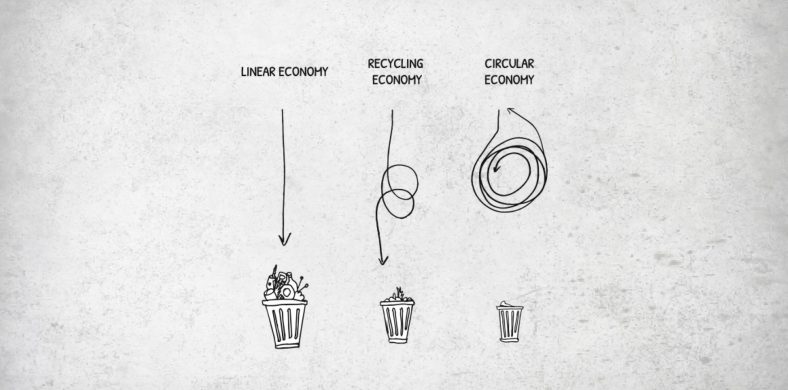
GCA.why with Xavier Aguiló: The effect of circularity in construction
At GCA Architects, we promote efficient design and circularity, reducing the impact of construction on the environment.
Sustainability for GCA Architects is an attitude that has been present since our beginnings and that we implement in each project. This attitude also integrates the criteria of circularity, eco-efficiency, and well-being.
At the GCA.why talk “The effect of circularity in construction,” we spoke with Xavier Aguiló, UK Engineering Director at BAC Engineering Grupo SOCOTEC, about the social and environmental responsibility of construction professionals to promote circular development, encouraging the sustainable use of resources.
“The construction sector represents 40% of the total industry impact, compared to generating only 13% of global wealth. The problem of the current linear economy is to consider the material cost of buildings without considering the cost of the environmental impact,” said Xavier Aguiló.
On the contrary, “One of the most important aspects of the circular economy in the construction sector is the focus on the whole life cycle of the building process, that takes into account all processes and agents, from the extraction of raw materials to construction, maintenance and rehabilitation or dismantling of buildings.”
Indeed, the impact caused by construction has two distinct vectors, on the one hand, embedded carbon, produced by the whole process of extraction and process of materials used in the building process, and on the other hand, operational carbon, caused by the energy consumption of buildings during their lifetime. While, due to increasingly restrictive legislation, we have managed to reduce operational carbon to a large extent, the current challenge lies in reducing embedded carbon.
Xavier pointed out, “The only way we can achieve carbon zero, in line with the objectives set out in the Paris Agreement, is to start with a more rational use of materials, which currently make up 50% of the environmental impact of the building’s life cycle”.
In conclusion, if we want to reduce the impact of construction on our planet, we must start by lowering carbon emissions, and to achieve this, we must consider the life cycle assessment of buildings. This new conception of value will accelerate the transition of the building sector towards a circular economy and thus to a healthier and more environmentally friendly world.
This dialogue is part of GCA.why, a collective, idealistic, heterogeneous, progressive, and uninterrupted debate on architecture and design that investigates the reasons behind our profession.














